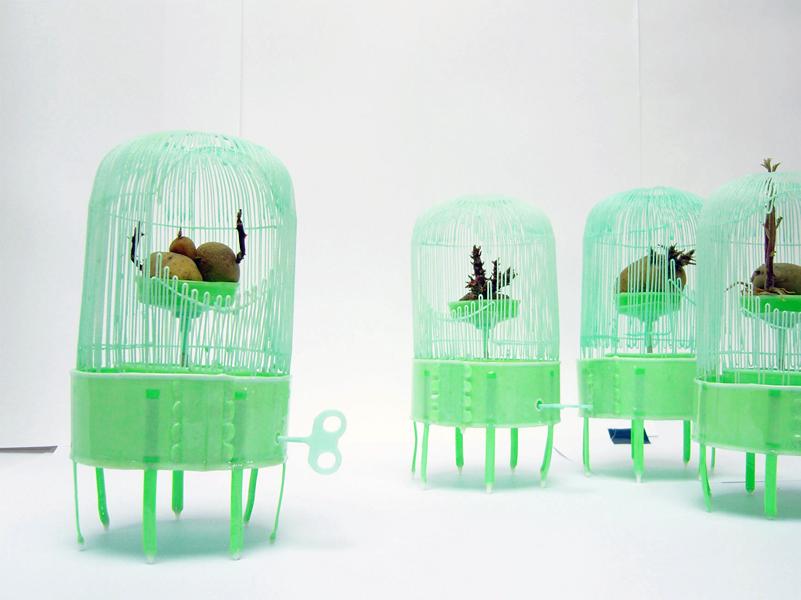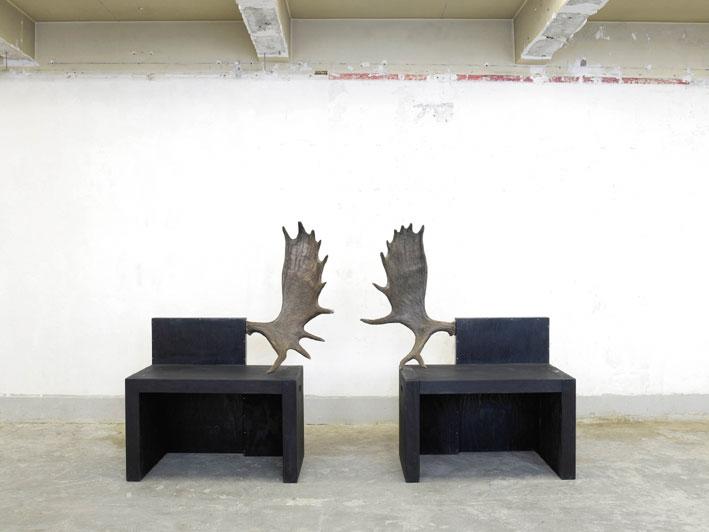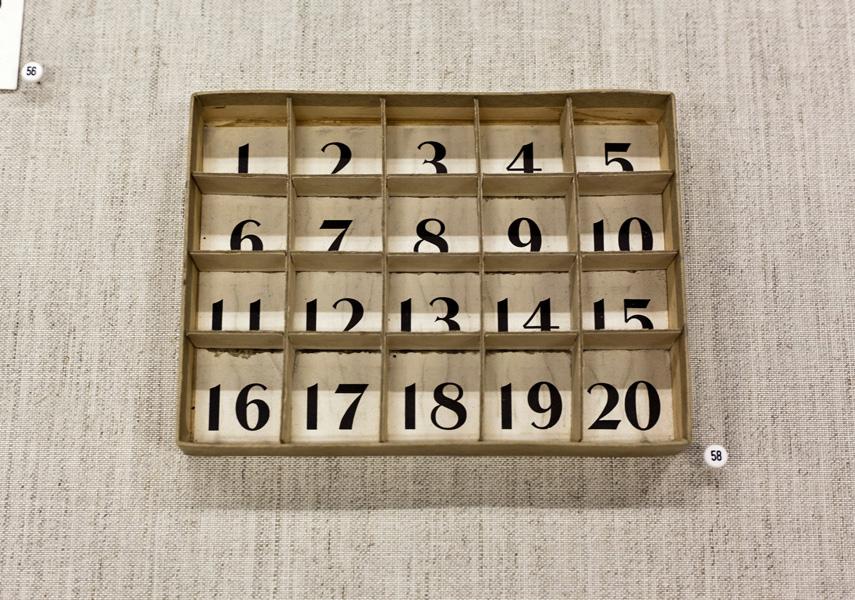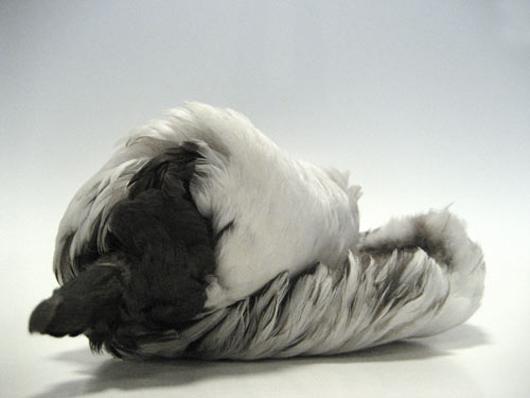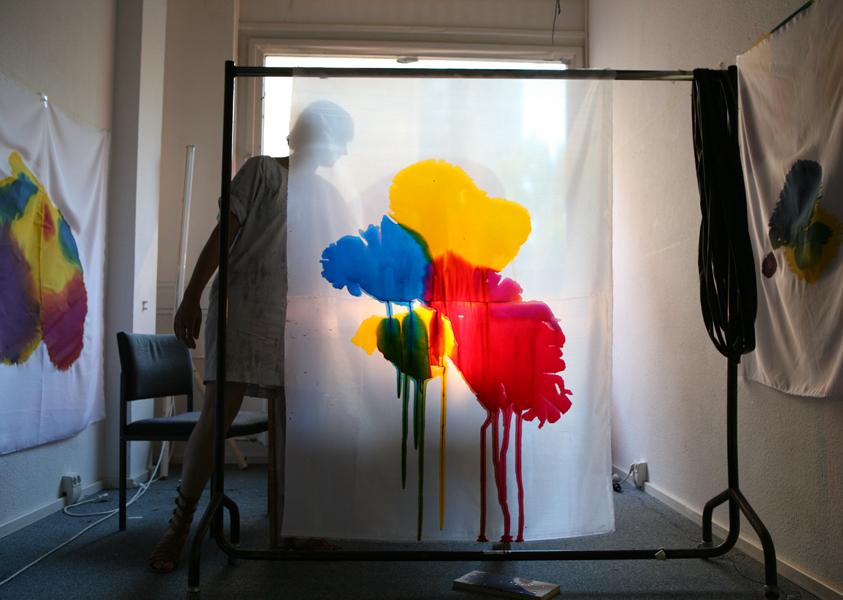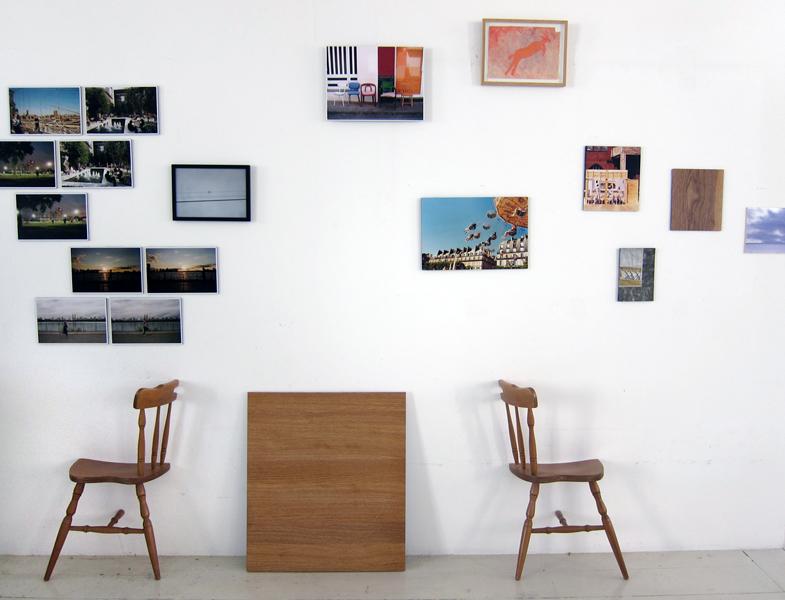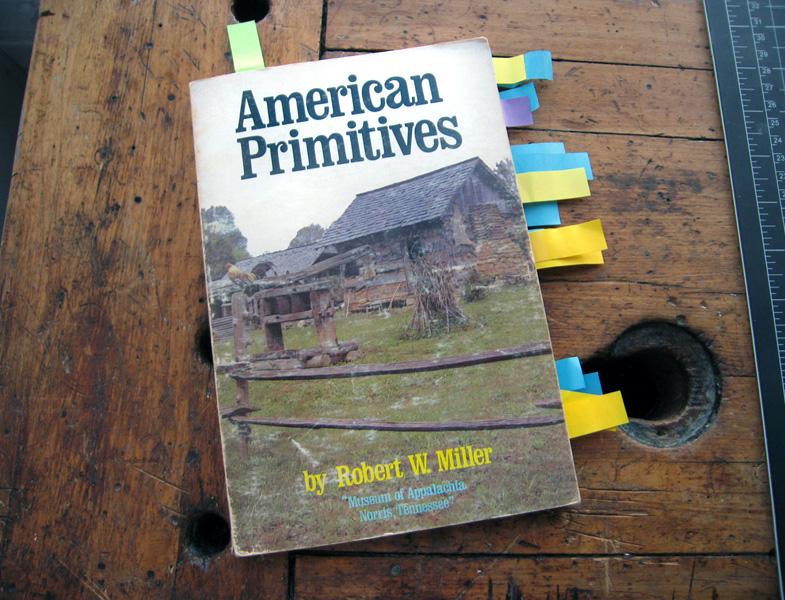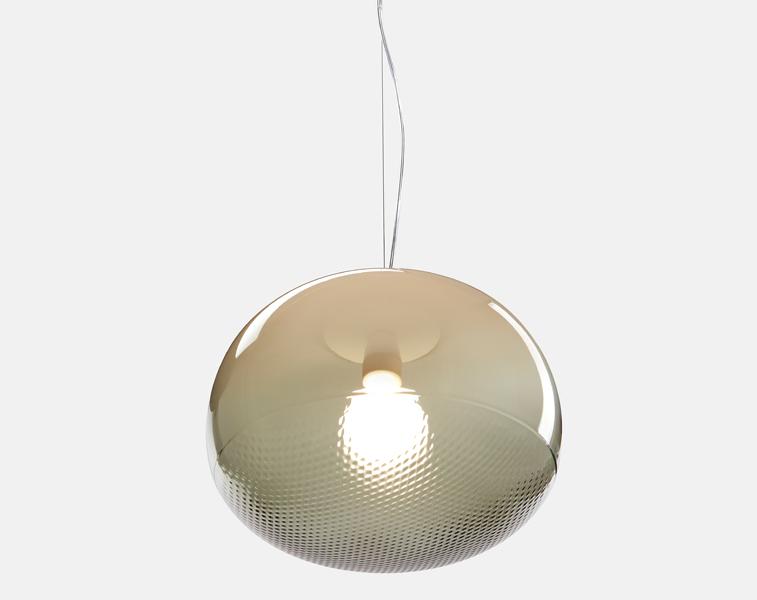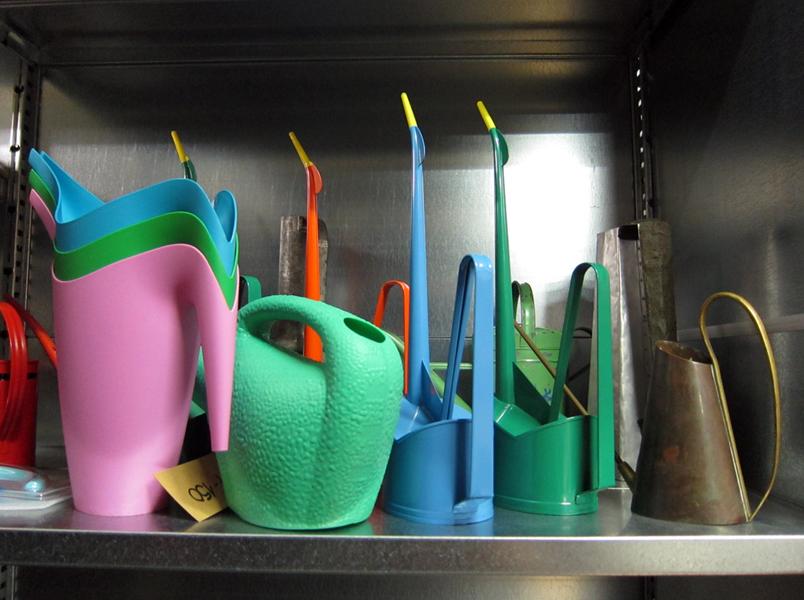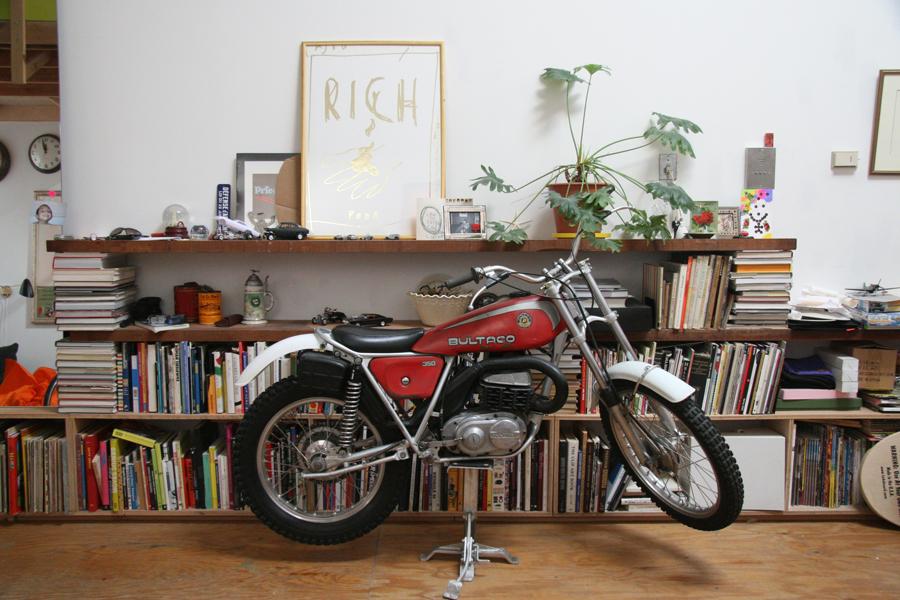
08.13.10
What It's Like
To Live in a Schindler House, by Pin-Up Editor Felix Burrichter
In March, Pin-Up magazine editor Felix Burrichter packed his bags and left New York for an extended stay in Los Angeles, where he met up with the Vienna artist Sarah Ortmeyer. Chosen for one of four annual residencies with Vienna's Museum for Applied Arts (MAK) — whose L.A. branch is based in architect Rudolph Schindler's 1922 Kings Road House — the pair have spent the intervening months shacked up in a two-bedroom apartment at the museum's Mackey building, working on a joint project they'll present on September 10. Called "XXX BURRICHTER ORTMEYER," its main element is a publication focused on the mercurial relationship between Schindler and his wife; Burrichter has also taken advantage of the proximity to give the fall issue of Pin-Up an L.A. theme. Architecture buff that he is, we got to wondering how else he'd been inspired by his surroundings, so we invited him to share with us the experience of living in the recently renovated Mackey building, whose five apartments Schindler built in his trademark style in 1939. "It’s like living in a little museum," he says. "At first we were like, this is crazy, but it’s really the perfect apartment, even though it’s so basic. We’ve been here for four and a half months now, and the longer we stay, the more we realize how well thought-out it is."
